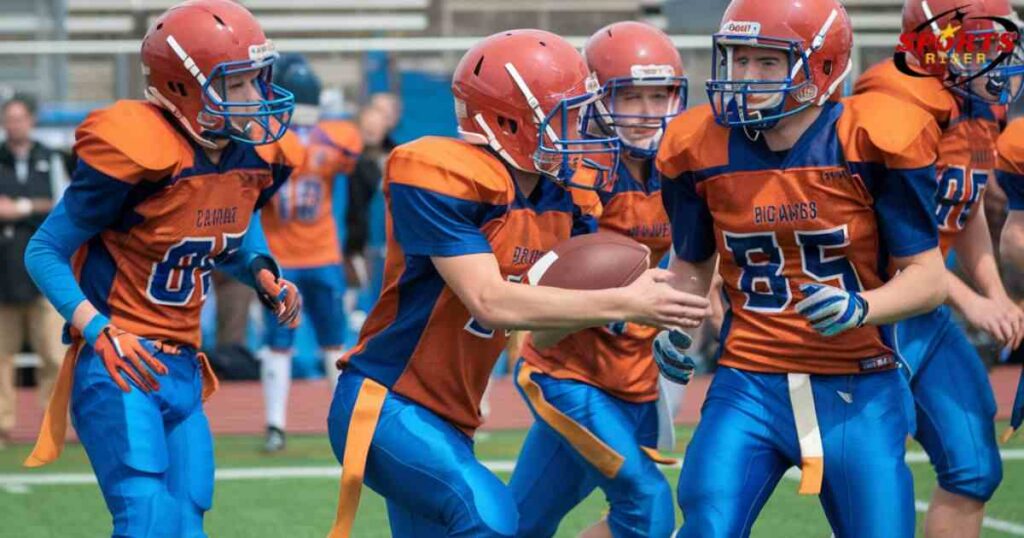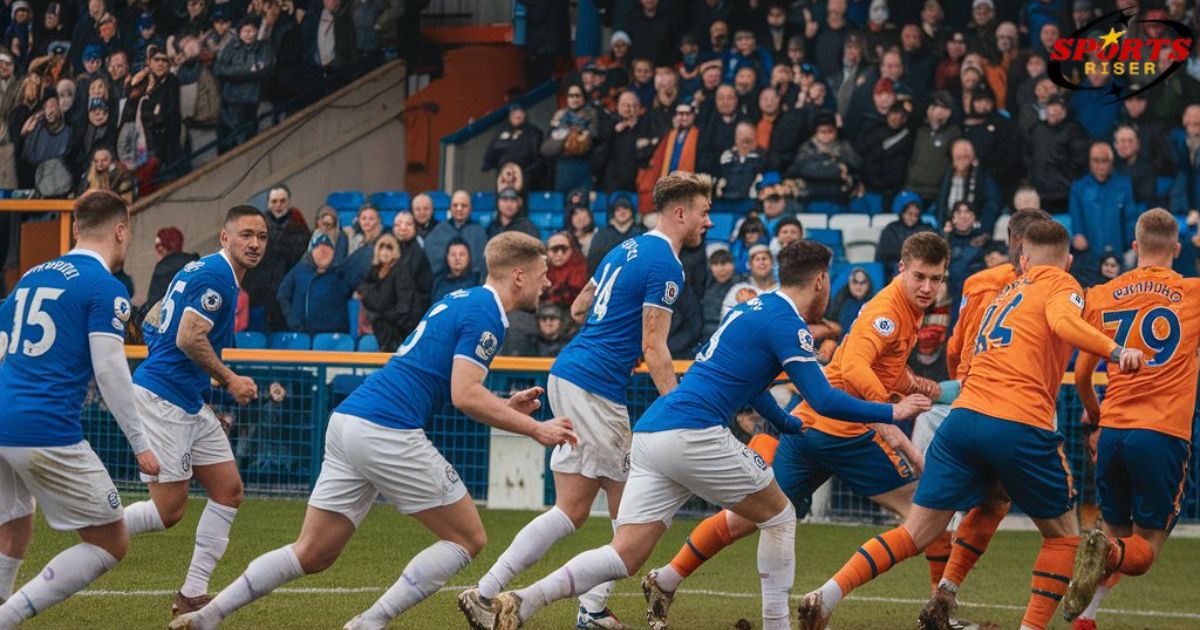A reception in football is one of the most crucial and electrifying aspects of the game. Whether it’s a short gain or a deep, game winning catch, receptions shape the outcome of a match. From record breaking catches to strategic pass completions, the ability to secure a pass is essential for a team’s offensive success.
In this comprehensive guide, we’ll explore the football reception rules, the different types of receptions, how a reception is ruled complete, and some of the best receptions in NFL history. By the end, you’ll have a deep understanding of what makes a catch legal in football and why receptions are a game changer.
Reception Meaning in Football
A reception in football occurs when an eligible receiver successfully catches a forward pass in football thrown by the quarterback. To qualify as a legal reception, the receiver must:
- Gain full control of the ball before it touches the ground.
- Secure the ball while making a football move.
- Maintain possession while inbounds.
A reception differs from a football pass completion, as not all pass completions result in a first down or a significant yard gain.
Also Read : Travis Pastrana net worth: Bio, Age, Career & Surprising Facts!
How a Reception Is Ruled Complete
For a pass to be ruled as a completed reception, the following criteria must be met:
| Requirement | Description |
|---|---|
| Possession | The receiver must fully secure the ball. |
| Control | The receiver must establish control with both hands or one hand (in special cases like a one handed catch). |
| Inbounds | The receiver must land with both feet inbounds in the NFL or one foot in college football. |
| Surviving the Ground | If falling, the receiver must maintain possession even upon contact with the ground. |
If any of these elements are missing, it results in an incomplete pass vs. completed pass decision by the referee.
NFL vs. College Football Reception Rules
| Rule | NFL | College Football |
| Feet Inbounds | Two feet required | One foot required |
| Possession Time | Longer, must “survive the ground” | Shorter possession required |
| Ball Control | Full control before stepping out | Slightly less stringent |
The NFL reception rules are stricter than college football, making sideline catches and toe tap catches more challenging in professional games.
Types of Receptions

Short Reception: Quick Gains
A short reception occurs when a receiver catches the ball within 5-10 yards of the line of scrimmage. These receptions are commonly seen in:
- Screen passes
- Slant routes
- Dump off passes
Intermediate Reception: Mid Range Catches
Intermediate receptions typically range 10-20 yards downfield and involve precision timing between the quarterback and receiver. Common routes for intermediate receptions include:
- Out routes
- Comeback routes
- Crossing routes
Deep Reception: Big Play Catches
A deep reception is a high risk, high reward play where the receiver catches the ball 20+ yards downfield. These receptions are seen in:
- Go routes
- Post routes
- Fade routes
One Handed Catch: Skill & Precision
A one handed catch is a spectacular play where a receiver secures the ball with a single hand. This requires:
- Exceptional hand strength
- Perfect timing
- Concentration under pressure
Contested Catch: Beating Defenders
A contested reception happens when a receiver catches a pass while being closely guarded by a defender. These receptions often occur in jump ball situations in the red zone.
Toe Tap Catch: Sideline Mastery
A toe tap reception is when a receiver catches the ball near the sideline while ensuring both feet touch inbounds before stepping out. This is one of the most difficult yet rewarding catches in football.
Also Read : How Old Is Simone Biles? Shocking Bio, Husband & Net Worth!
Importance of Receptions
How Receptions Advance the Ball
A completed football reception helps move the ball downfield, setting up better field positions and potential scoring opportunities.
First Downs & Touchdowns: Key Impacts
Receptions play a key role in achieving first downs and touchdowns. Without completed receptions, teams struggle to maintain offensive momentum.
Strategic Passing Plays in Football
Football teams utilize various strategies to maximize receptions, including:
- Quick slant passes to counter aggressive defenses.
- Play action passes to trick defenders.
- Deep post routes for high yardage gains.
Famous Receptions in NFL History
The Immaculate Reception (1972)
- Player: Franco Harris (Pittsburgh Steelers)
- Opponent: Oakland Raiders
- Impact: One of the most debated plays in NFL history, leading to a Steelers playoff victory.
The Catch by Dwight Clark (1982)
- Player: Dwight Clark (San Francisco 49ers)
- Opponent: Dallas Cowboys
- Impact: Secured the 49ers’ NFC Championship win, marking the start of their dynasty.
Odell Beckham Jr.’s Iconic One Handed Catch (2014)
- Player: Odell Beckham Jr. (New York Giants)
- Opponent: Dallas Cowboys
- Impact: Redefined the skill level needed for one handed catches in modern football.
Conclusion
A reception in football is more than just catching a pass it’s an essential skill that dictates offensive success. From NFL reception rules to sideline catch rules, understanding the mechanics of a reception helps fans appreciate the strategy behind each play.
Whether it’s a toe tap reception, a contested catch, or a one handed catch, receptions define some of the most unforgettable moments in football history. As you watch your next game, pay attention to the art of catching a pass it just might be the game changing play that leads to victory!

Joi Biden is a seasoned blogger with a passion for uncovering the dynamic world of sports. With years of experience in crafting engaging and insightful content, Joi brings a unique perspective to Sports Riser. His writing blends in depth analysis with captivating storytelling, keeping readers informed and entertained. When he’s not writing, Joi enjoys exploring emerging sports trends and cheering for his favorite teams.










